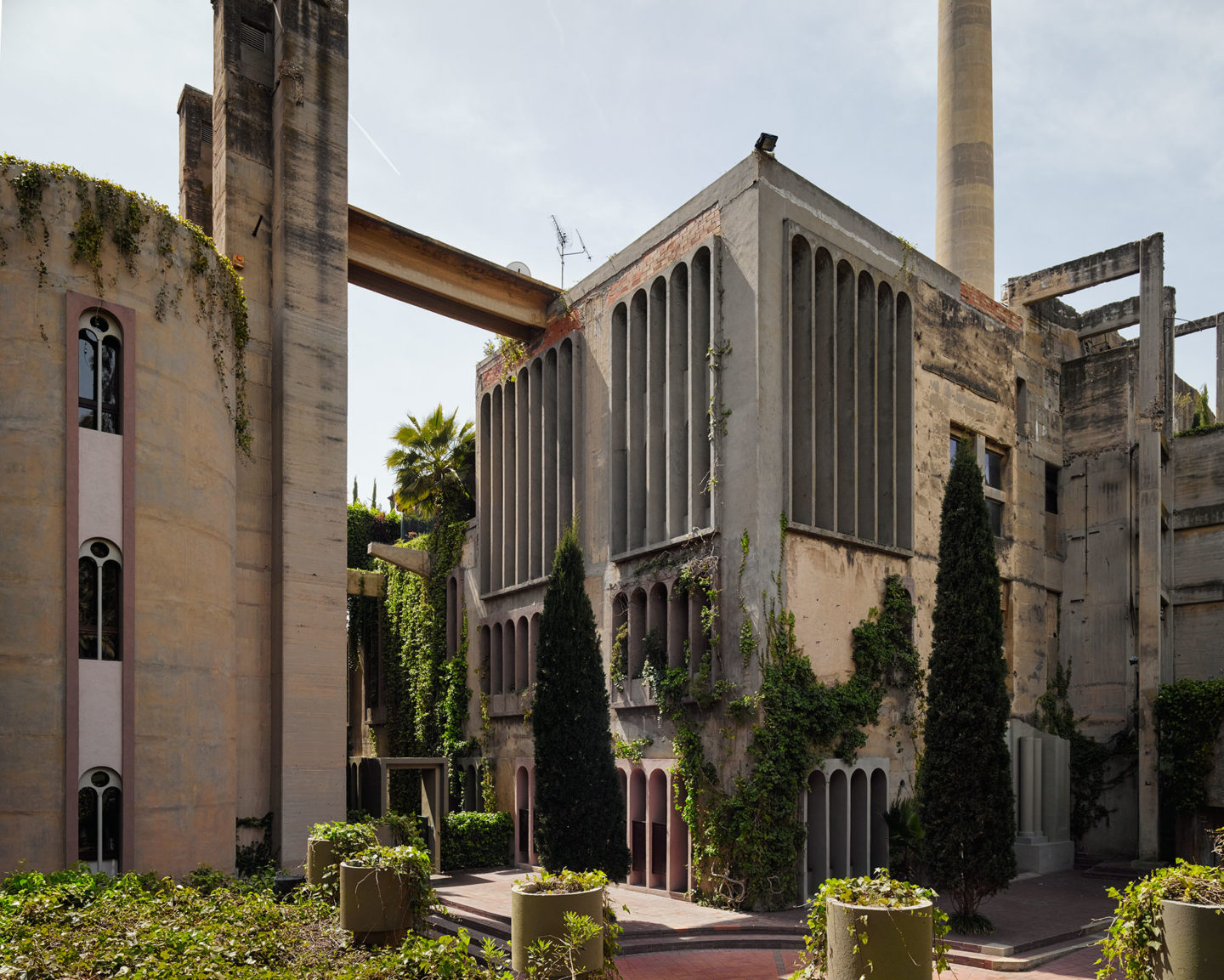For me, it's hard to describe what an solarpunk building looks like, but this post has some extreme examples. Basically, for me I tend to look for:
- Designs inspired by nature
- Lots of color (instead of the grey cities tend to be now)
- Greenery
- Designs focused on human happiness, instead of prioritizing what looks most modern
- Designs that promote a sense of community
- Eco-friendly focus
Those below don't all hit all of those points, but something about these just seem like they would fit in a Solarpunk story world.
I would love to see what everyone else things of when someone says "solarpunk building." Please show me!

Friedensreich Hundertwasser
Friedensreich Hundertwasser was an Austrian artist, architect, and supporter of protecting the environment. Even his grass-roofed home(not pictured) in 1970 was self-sufficient; running off solar panels and a water wheel. As a blend of both his artistic side and his love for nature, his designs often look like something out of a fairytale, while often having greenery worked in.
“For Hundertwasser, human misery was a result of the rational, sterile, monotonous architecture, built following the tradition of the Austrian architect Adolf Loos, author of the modernist manifesto Ornament and crime (1908). He called for a boycott of this type of architecture, and demanded instead creative freedom of building, and the right to create individual structures.” Wikipedia





Image Source 1 | Image Source 2 | Image Source 3 | Image Source 4 | Image Source 5

“Satellite Set” by architect Javier Senosiain





Architect Peter Vetsch




The Termite Inspired Building
How do you cool a building without air conditioning? Using an approach called biomimicry, see how architect Mick Pearce harnessed the ingenuity of termites to design a natural cooling system for the largest commercial building in Zimbabwe.”
Using the technology inspired by a termite mound, The Eastgate Centre in central Harare, Zimbabwe uses up to 35% less energy than other buildings.





